Hansel and Gretel didn't become a classic for nothing. This seemingly simple fairy tale about two kids who defeat the wicked witch deals with numerous popular literary motifs. It's known in numerous versions, today often sanitized to avoid unnecessary fear of one's kids - to be abandoned by their own parents.
Even in its most politically correct versions Hansel and Gretel offer so much it's only fair to further explore some of the most known themes in this immortal fairy tale.
Why? Even a vague analysis can give us an impression of the elements crucial for successful literature. Not only literature for children but literature in general.
Here are 10 themes from Hansel and Gretel.


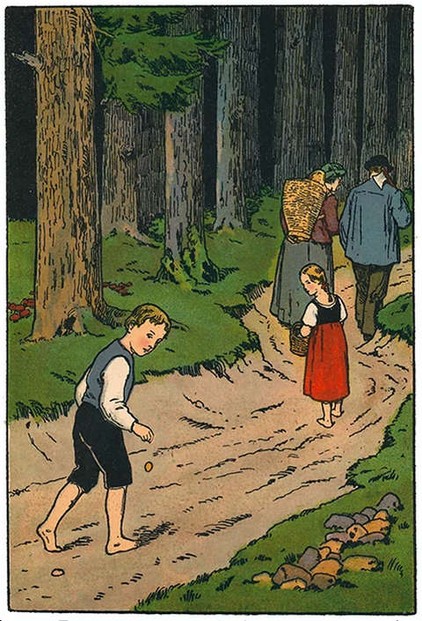

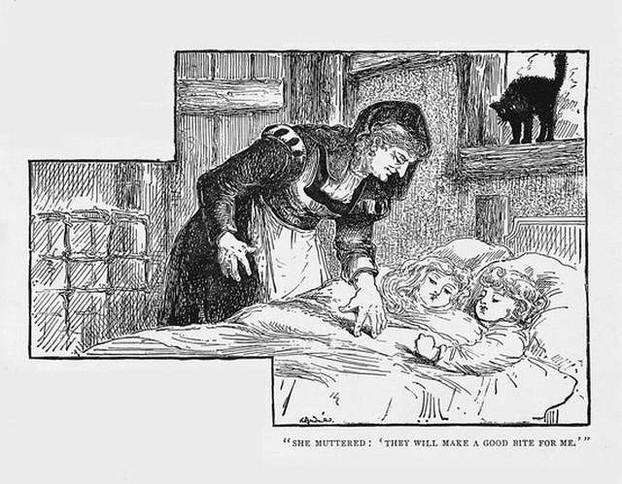
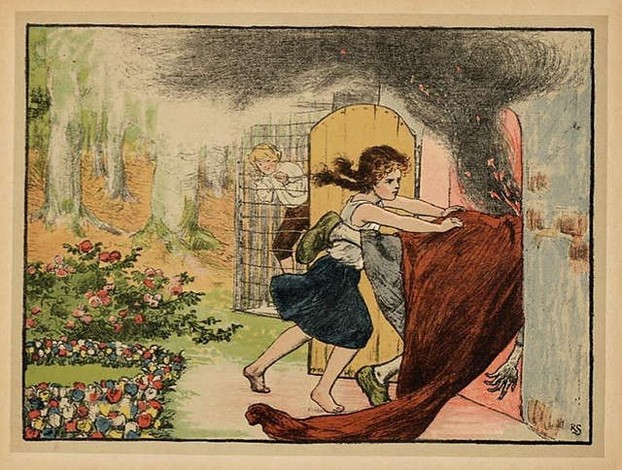
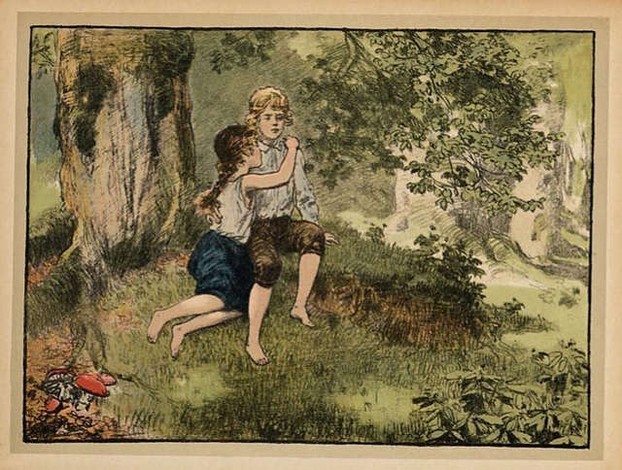
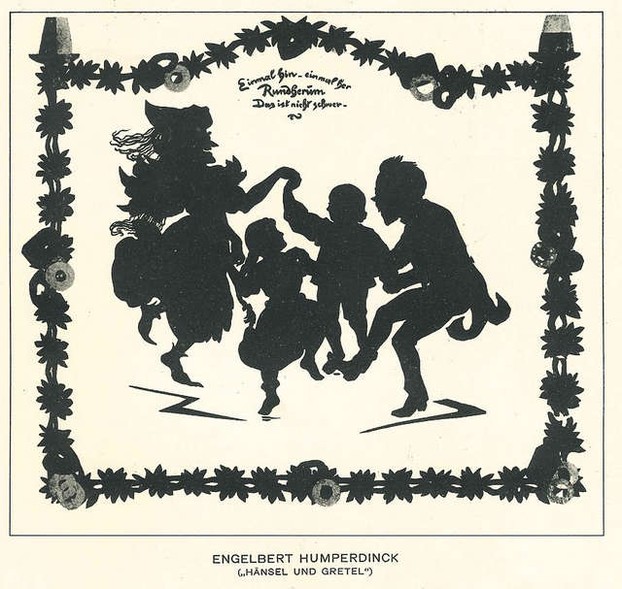
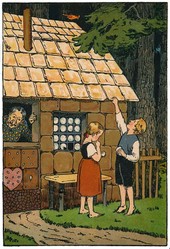

 Robert Anning Bell - His Life and His Works1 day ago
Robert Anning Bell - His Life and His Works1 day ago
 Different Versions of Red Riding Hood11 days ago
Different Versions of Red Riding Hood11 days ago
 Beauty and the Beast - How Different Artists Saw the Beast Differently21 days ago
Beauty and the Beast - How Different Artists Saw the Beast Differently21 days ago
 Jessie Marion King - A Versatile Artist and Educatoron 03/22/2024
Jessie Marion King - A Versatile Artist and Educatoron 03/22/2024

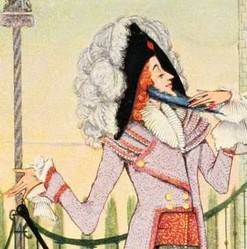
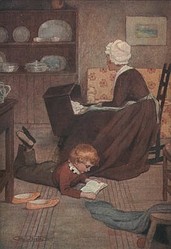
What is the Major Theme in Hansel and Gretel in Your Opinion?
Hi, dustytoes, it's always great to see you. Grand finale of Hansel and Gretel happens when Gretel pushes the witch into the oven. After that different versions vary. At Brothers Grimm they find a lot of precious stones in the house and return home to their father while the step mother died in the meantime. In some versions they return to both parents. In opera version they don't find material values but save all children who were previously caught by the witch (and changed in gingerbread). Etc.
But the scene with Gretel tricking the witch seems the crucial one. I hope this helps:)
I honestly didn't remember how the story ended. The kids being abandoned by the parents and getting lured in by the witch with her house made of candy is all I remembered! And I certainly never gave this much thought to the themes throughout.
Thanks, frankbeswick, I try to do my best:)
Your commitment to the study of fairy tales is impressive. You are making a contribution to public understanding of a neglected area of thought.
Hi, DerdriuMarriner, thanks for questions. No, I can't say for sure who is older of them, but somehow, partly supported by illustrations, looks it's Hansel who is older. They both progress, though. If nothing else, he learns to listen his sister's warnings (and is rewarded for that).
The other question ... Yes, we have several fairy tales with forgiveness (Hansel and Gretel obviously forgave their father and, depending on the version, their mother as well) and reconciliation. Of the top of my head there would be Perrault's version of Cinderella where she not only forgives her step-sisters but arranges they marry well too.
But in my opinion audience prefers versions with punishment - they carry a bit of tragedy what is traditionally good for business. Who would remember Romeo and Juliet if they lived happily ever after?
Old Greek writers always said: "I will listen to my audience. If they laugh, I will cry. And if they cry, I will laugh because I succeeded to make a drama with catharsis." This is definitely one of the most important reasons why was comedy always treated as kind of inferior to drama. Most popular fairy tales can also posses some funny elements but they are not essentially funny.
I hope I answered to your questions:)
Tolovaj, Thank you for the back- and front-stories and products. Do we have any idea in any of the versions where Gretel and Hansel stand in their family birth order? The depiction of Gretel develops progressively, definitely if she is younger, and even if she is older, than her brother.
In another, but related, direction, is there any fairy tale in which there's a reconciliation between, instead of justice and punishment of, the bad and the good?
You are right, Mira. It's only one of numerous examples where the accusation of common stereotypes (passive girls in fairy tales) fails. It's also one of rare fairy tales with a dynamic interaction between characters - at first Hansel dominates in brother-sister relationship, but then she leads the way and saves him twice.
It's interesting that Gretel, a girl, saves Hansel from the cage :) Quite a progressive view. And there are many similar instances in fairy tales.
No worries, blackspanielgallery. It's a never ending process:) But rewarding too, just like an exploration of, let's say, collectibles.
It neverred to me to search so deeply such a story.